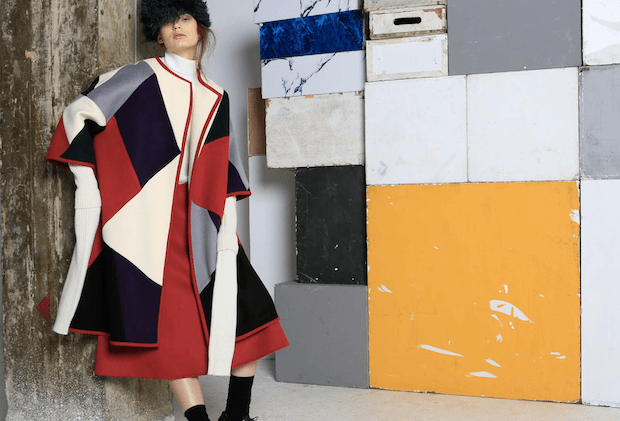
A look from By Fang's Fall/Winter 2015 collection. (Courtesy Photo)
Mixing key Western and Asian elements, designer Fang Yang, the founder of label By Fang, is known for her handcrafted origami shapes made from organza, which form structured looks that are modern and traditionally timeless at the same time. Living a large part of her life in Paris, the ESMOD graduate takes her inspirations from her strong artistic background and life experiences, merging her French fashion training with Asian influences to create a multicultural point of view for her works.
We recently visited the emerging designer’s studio, where she welcomed us into her private atelier workshop and showroom located in Shanghai’s central Jing’an district. Chatting over tea with Fang, she shared her path to becoming a fashion designer in China and discussed the strengths that a wave of emerging Chinese designers are bringing to China’s fashion market and abroad.
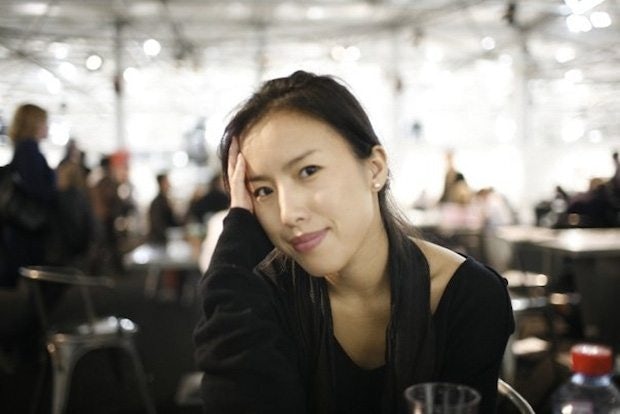
Designer Fang Yang. (Courtesy Photo)
Can you give a brief overview of By Fang?#
By Fang was founded in 2008 in Paris and we’ve been participating in Paris Fashion Week with the Tranoï trade show since then. We sell in Japan, Paris, New York, and other countries, including China. In China, we sell in both Beijing and Shanghai; this season we will open in several other places thanks to DFO, our partner.
Even before China, we created strong ties and relations with Japan in terms of distribution and concept stores. We’ve also received strong press coverage from them.
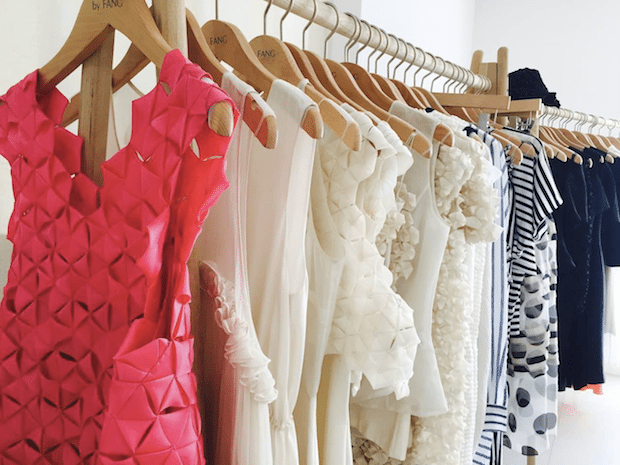
By Fang's Shanghai showroom. (Yanie Durocher)
What’s your inspiration for your Fall/Winter 2015 collection?#
My winter collection is called Mozaik. The broken, colored glass [pieces] with the sunlight that goes through them inspires me. However, later on, I realized that maybe the idea of broken glass can be negative, so I changed it to Mozaik, which [features] different variants of color patches—for example, the cashmere color-patch oversized coats—and also, there are prints in broken glass fabrics, which are very colorful and [have] the origami [style], which is part of the brand’s DNA. We transform the organza into origami by hand at the studio.
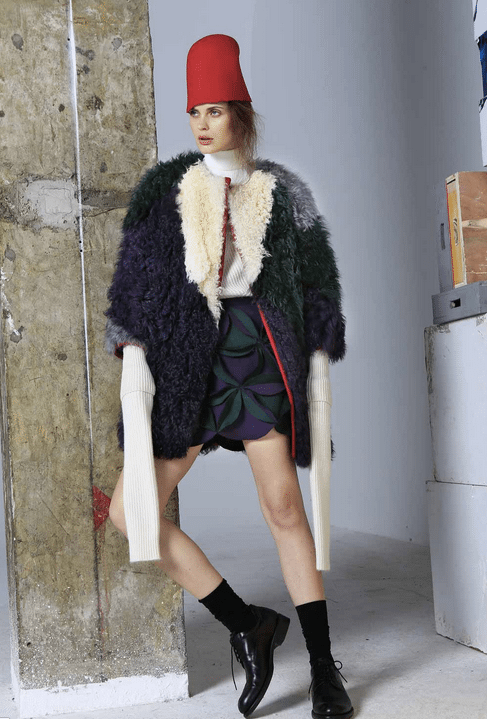
A look from By Fang's Fall/Winter 2015 collection. (Courtesy Photo)
How do the Western and Asian markets perceive your brand? Are there any differences?#
Even for Asia itself, Japan and China already have a lot of difference in terms of preferences. In Japan, the concept shops I’m selling to are quite conservative—the best I can sell are flowy blouses and simple dresses. In China, however, the concept stores are more fashion-forward; they are willing to try many colors and new daring cuts.
In New York, they are also looking for dresses with a focus on handmade details; in general, dresses are what we sell most.
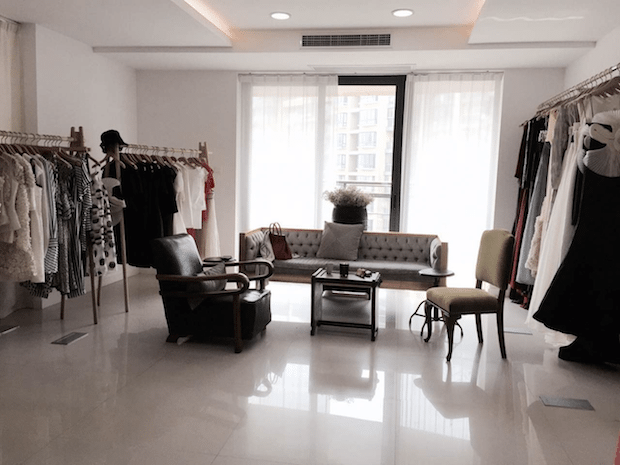
By Fang's Shanghai showroom. (Yanie Durocher)
In terms of being an emerging designer, what are the challenges you’re facing?#
How to deal with production in China is a major factor; order and delivering on time is a big challenge. Moreover, the balance between creativity and commercial is a key challenge for me—making the brand consistent, creative, and commercial at the same time while making my voice in China is one of the most challenging things I believe—not only for me, but also for other designers.
We’re seeing a generally strong trend of emerging Chinese designers gaining more recognition. What are your thoughts about this?
#
I think this is great; we’ve waited really long for this, there was a time when China was directly linked to poor quality, copycat [design], no creativity, and bad creations, but now that China is growing stronger and stronger, and the economy is going stronger that in most other countries around the world. The Chinese audience is ready to accept emerging Chinese designers and has already started to stop wearing only big logos and luxury brands, evolving into a different style of niche, emerging designers. The media is also very helpful and they support us as well.
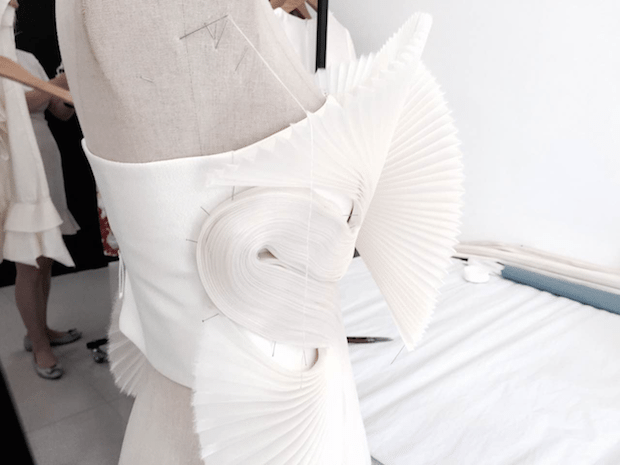
A close-up of the handmade origami work that goes into By Fang's designs. (Yanie Durocher)
What’s the communication strategy you’re using to make By Fang stand out from the crowd?#
I think we are not making a special effort for communication in general; I believe that the product should firstly speak for itself. Of course, we send the lookbook to all the media, and when they appreciate it, they showcase some of our collection. It’s more of an automatic process with the Chinese media. In contrast, the Western media is completely different from the Chinese media; it’s extremely difficult to get coverage as they already have so many choices and competition is much higher. The emerging Chinese designer trend is still new in China, where top competition remains low, however, when Shanghai and Beijing reach a mature point such as New York and Paris, it will become very difficult as well.
What are your upcoming projects for the future?#
We are launching a new e-commerce website in the next two months, and of course, are continuing to work on the next season's collection.
Yanie Durocher is a lifestyle and fashion blogger at The Marginalist.